Most of our days will be divided into two parts: driving and cycling. Given Mongolia's huge geography and poor infrastructure, going from one place to another is a major task. In addition to cycling, we make certain that our guests see, taste, experience, and share as much as possible in order to get the most out of Mongolia. Our itinerary has been carefully prepared to show you wonderful diversified landscapes and scenery, as well as the various lives of Mongolians, including nomads and inhabitants in small settlements.
We'll be tackling a range of terrain, such as high mountain passes and river crossings... Don't worry, though. We will have a lot of support. A team member will ride ahead of the cyclists to guarantee that the first arrivals have all they require and are well cared for when they get at their destination. Slow pacers will be accompanied by a support staff, and if you wish to stop, we will lift your bikes onto the roof rack and allow you to enter your vehicle. Vehicles following or driving ahead of the group will keep a safe space between the bikers. The bikers will not be able to see the cars, and they will be joined and summoned over radio as needed.
Most of our days will be divided into two parts: driving and cycling. Given Mongolia's huge geography and poor infrastructure, going from one place to another is a major task. In addition to cycling, we make certain that our guests see, taste, experience, and share as much as possible in order to get the most out of Mongolia. Our itinerary has been carefully prepared to show you wonderful, diversified landscapes and scenery, as well as the various lives of Mongolians, including nomads and inhabitants in small settlements.
We'll be tackling a range of terrain, such as high mountain passes and river crossings... Don't worry, though. We will have a lot of support. A team member will ride ahead of the cyclists to guarantee that the first arrivals have all they require and are well cared for when they get at their destination. Slow pacers will be accompanied by a support staff, and if you wish to stop, we will lift your bikes onto the roof rack and allow you to enter your vehicle. Vehicles following or driving ahead of the group will keep a safe space between the bikers. The bikers will not be able to see the cars, and they will be joined and summoned over radio as needed.
Activities:
-Visit Bogd Khan winter and summer palace.
-Visit Gandan monastery.
-Visit Genghis khan museum.
-Visit Zaisan hill.
Hotel: 3 Star Hotel
Meal: Lunch & Dinner
Mongolia is a biker's dream. To begin with, only 10% of the country is paved. To add to that, it is one of the least heavily populated countries on the planet. To add to the tale, the land is shared, which means you can ride and camp pretty much anywhere you want.
Expect to travel on dirt, grass, and gravel paths. The rolling, grassy terrain makes up the majority of our path, with the exception of a few difficult passes. Become a guest of Ger, a nearby nomad (Yurt). Enjoy salted milk tea, dairy goods, and home-brewed vodka while learning about their interesting life stories. Our journey will take us through the Khangai Mountains. These mountains begin in the provincial capital of Ovorkhangai and wind their way through many high passes, small rivers, rolling grassland hills, soothing hot springs, and culturally significant sites.
Because of its rugged mountains, swaths of woodland, and crystal-clear streams, the province is considered one of the most beautiful areas in the world. Arvaikheer is a central town known for its traditional crafts, cashmere goat herding, and equestrian sports.
Activities:
-Driving through Central Mongolian grassland.
-Visit Arvaikheer town.
Hotel: Hotel
Meal: Breakfast, lunch and Dinner
Shargaljuut sum's hot springs and health resorts are 60 kilometers from the Bayanhongor Aimag hub. They are situated on a rocky pass on the Shargaljuut River's northwestern side.
Fun fact: Based on the form of the spring sprouts and fissures, more than 100 mineral hot springs have been named after human body parts and organs.
We'll take a couple of minutes to test the bikes, make any necessary changes, and then we'll be good to go.
Activities:
-Cycling.
Hotel: Tented Camp
Meal: Breakfast, lunch and Dinner
The Khangai Mountains are located 400 kilometres west of Ulaanbaatar in central Mongolia. The mountain range stretches from central Mongolia to the western border.
Fun fact: The Otgon Tenger Uul is the highest mountain in the region, with a summit elevation of 4.020 meters above sea level.
The mountain landscape eventually morphs into the steppes of eastern Mongolia in the eastern foothills. This geographical mix results in a diverse range of ecosystems within a reasonable distance, as well as a rich variety of flora and fauna.
Activities:
-Cycling.
Hotel: Tented Camp
Meal: Breakfast, lunch and Dinner
The rivers Orkhon, Selenge, Ideriin, Zavkhan, and the lakes Orog and Böön tsagaan are all fed by the Khangai Mountains. The mountain range is home to a slew of small lakes that are all linked by rivers. Fresh water flows down from the mountains into the lakes. The Khangai Mountain divides the arid Gobi Desert area of southern Mongolia from the lush rolling hills of northern Mongolia.
Activities:
-Cycling.
Hotel: Tented Camp
Meal: Breakfast, lunch and Dinner
The Khanggai Mountains are 2500-3000 meters above sea level and are mostly made up of Palaeozoic period granite, intrusive chert, and sandstone. The Khangai Mountains stretch for about 800 kilometres from Zavkhan province to Tuv province. They also serve as the world's water system's continental divide.
Activities:
Cycling.
Hotel: Tented Camp
Meal: Breakfast, lunch and Dinner
This resort gives its guests access to a large open-air pool. The pool’s hot water comes from a hot water spring that runs continuously. The water is over 80 degrees Celsius in the spring. The temperature of the water is regulated by a complex pipeline system. Some people will sit in the pool for hours, conversing with their mates while looking at the stars or scanning the nighttime landscape around them.
Activities:
-Cycling.
-Enjoy hot spa.
Hotel: Ger Camp
Meal: Breakfast, lunch and Dinner
After breakfast in our Ger camp, we'll cross a river in our jeeps, which are usually flooded in the summer, and begin our cycling day. We'll cycle through a mix of forested hills, granite formations, and deep fertile valleys peppered with Gers. Our journey will take us deep into the Khangai Mountains, which are lush and green with wildflowers and plants. The region is home to a large number of Mongolian yaks. Cycling today would require more physical exertion as we ride through mountains and down rugged terrain. Those who are exhausted will be able to retreat to the comfort of the jeeps. We arrive at our campsite early in the evening, which will already have been set up by our team. Spend the evening around the campfire, taking in the full wilderness and silence and in hopes that you find peace in your heart and healing in your soul.
Activities:
-Cycling.
Hotel: Tented Camp
Meal: Breakfast, lunch and Dinner
Our jeeps will leave our campsite and travel to Tovkhon Monastery. Zana bazar, one of Mongolia's most revered religious figures, founded the monastery in the 1650s. The wooden structures of the monastery are combined with a natural system of caves perched near a hilltop with a stunning view of the Orkhon Valley and surrounding pine forests. A hill is formed on the top of the cliff by a pile of stones used to worship a mountain god. It is known as Ovoo.
We will cycle to the direction of Orkhon waterfall in Orkhon valley after lunch.
Activities:
-Visit Tövkhön Monastery.
-Hike to Tövkhön Monastery 14 km.
-Cycling.
Hotel: Ger Camp
Meal: Breakfast, lunch and Dinner
We will spend the day exploring the waterfall and its surroundings. UNESCO has designated the valley as a world cultural heritage site because of ancient artifacts dating back to the early 6th century and even earlier. Moreover, the great Mongol empire expanded its capital Karakorum here from the 12th to 13th centuries. Furthermore, the pasture nomadic lifestyle has persisted, preserving both the historic and nomadic perspectives on life.
During the Quaternary period, a volcano erupted near the mouth of the Tsagaan Azarga, also known as the White Stallion River, and the lava flowed down the Orkhon valley, creating a 10-meter-thick layer of basaltic rocks. The Orkhon River cut through the basaltic layer twice, resulting in the formation of the canyon.
The 20-meter-high, 10-meter-wide waterfall marks the beginning of this canyon. The most daring of you will descend the canyon and swim in the lake at the base of the waterfall.
Activities:
-Visit Orkhon valley.
-Visit Orkhon waterfall.
-Visit horse and yak breeding nomad family.
-Possibility of horse riding.
Hotel: Ger Camp
Meal: Breakfast, lunch and Dinner
Our cycling journey has sadly come to an end. On this day we will cycle 46 kilometres through the UNESCO-listed Orkhon valley, from the waterfall to Khujirt village. We will stop at some ancient burial sites along the way.
After lunch and some sightseeing, we will drive to Karakorum.
Activities:
-Cycling.
-Driving.
Hotel: Ger Camp
Meal: Breakfast, lunch and Dinner
Karakorum was the capital of Genghis Khan’s Mongolian Empire in the thirteenth century. In 1220, Genghis Khan ordered the building of Karakorum on the ruins of Turug and Uigur cities in the Orkhon valley at the eastern end of the Khangai Mountains. During the reign of Ugedei Khan, it was completed 15 years later. The town was very multicultural and culturally accepting.
The silver tree, which was once part of Möngke Khan’s palace, has become Karakorum’s emblem.
From 1220 to 1260, it was at its most prosperous. Karakorum existed as the great capital of the Euro-Asian Empire, with Mongolia at its heart, and as the epicenter of politics, trade, culture, faith, intellect, and diplomacy, as well as the most visible link in international relations.
Between 1260 and 1380, Karakorum lost its status as the capital of the Great Mongolian Empire and became Mongolia’s capital. When Kublai Khan and his younger brother, Ariq Boke, assumed the throne of the Mongol Empire in 1260, they moved their capital to what is now Beijing. Karakorum was reduced to the administrative center of a Yuan Dynasty provincial backwater.
After 110 years after Kublai Khan transferred the Empire capital to China in 1260, the Mongolian Yuan Dynasty fell in 1368, and the center of Mongolian government was shifted to its homeland. It allowed Karakorum to regain its former glory.
The town was captured and destroyed by Ming troops under General Xu Da in 1388. Nothing remains of this legendary city today. When Abtai Sain Khan and his brother, Lord Tumenkhen, went to the 3rd Dalai Lama in 1580 to express their desire to create a temple in Mongolia, he advised them to restore an old temple in Karakorum. The Main Zuu temple of Erdene Zuu monastery is a temple in Takhai ruins that was restored in 1588 at the Dalai Lama’s suggestion. Erdene Zuu Monastery is now all that is left of what was once a massive monastery with 100 temples and over 1.000 lamas. You’ll walk around the grounds of Erdene Zuu Monastery, which is encircled by huge 400 m X 400 m walls. You will be guided around the 3 remaining temples: the Dalai Lama, Zuu of Buddha and Lavrin Temple.
The Karakorum Archaeological Museum will be another stop on your itinerary. It’s a tiny museum, but it’s housed in a new, well-run structure with good lighting and simple English labels on display cases. The displays contain hundreds of artefacts from the 13th and 14th centuries that were discovered in the immediate region, as well as those from other provinces’ archaeological sites, including prehistoric stone tools. Pottery, bronzes, coins, religious sculptures, and stone inscriptions are among the objects on display. A half-excavated kiln is also sunk into the museum floor. The scale model of ancient Karakorum, which attempts to reflect the city as it would have existed in the 1250s and is based on descriptions written by the French missionary William of Rubruck, is perhaps the most intriguing. A Turkic noble tomb with wall paintings and artefacts, including gold objects and jewels, is on display in another chamber. A short video of the actual burial site is available.
Activities:
-Visit Erdene Zuu monastery.
-Visit Karakorum archaeological museum.
Hotel: Ger Camp
Meal: Breakfast, lunch and Dinner
The time has come to leave and drive back to Ulaanbaatar, Mongolia's capital. You can use your free afternoon to see as you fit. In the evening, we will enjoy lovely cultural show and admire the contortionists while watching colourful and rhythmic Mongolian dances.
Activities:
-Attend folklore show with throat singers.
Hotel: 3 Star Hotel
Meal: Breakfast, lunch and Dinner
Transfer to the airport.
Meal: Breakfast
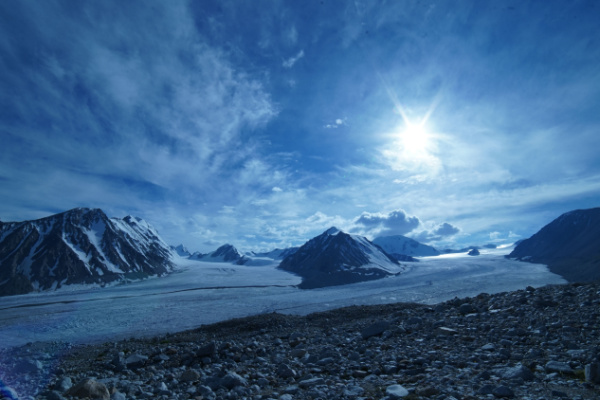
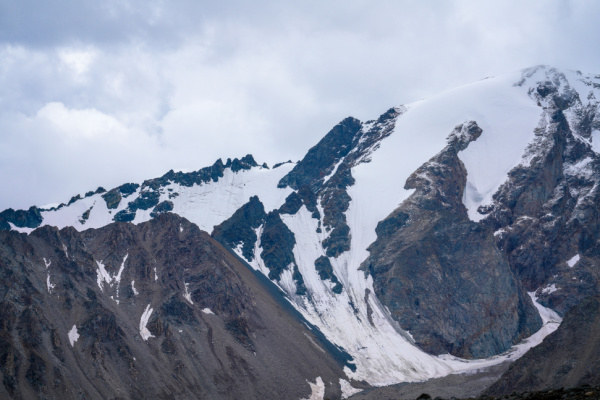
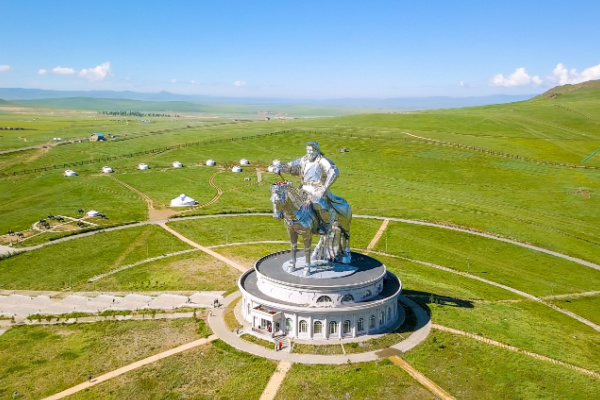
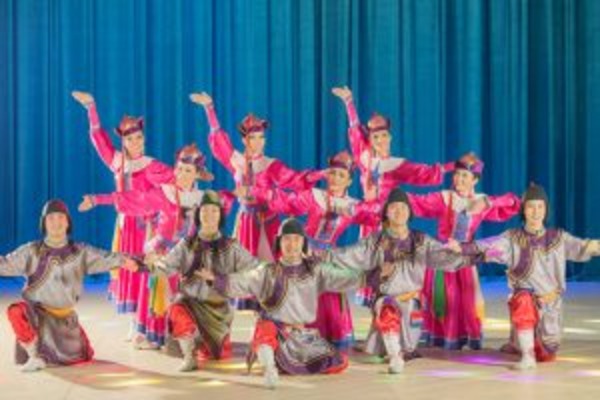

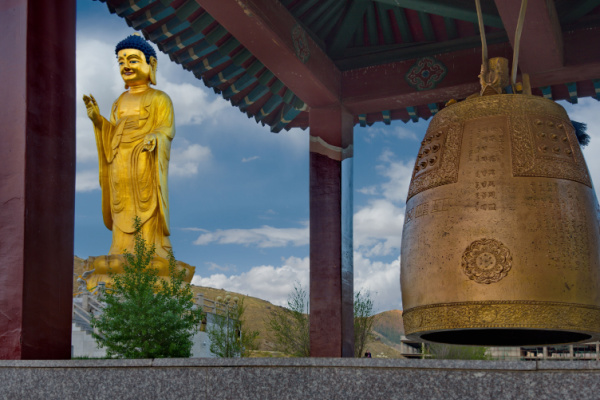
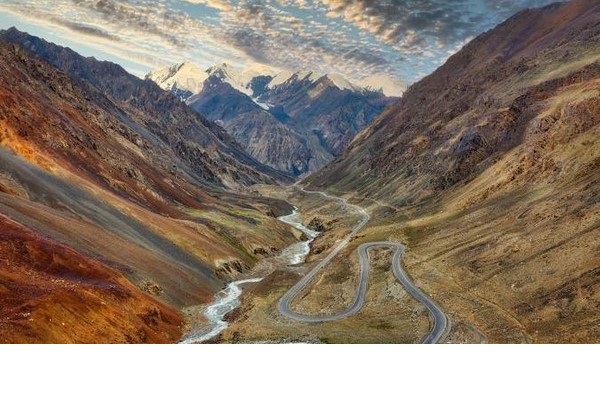
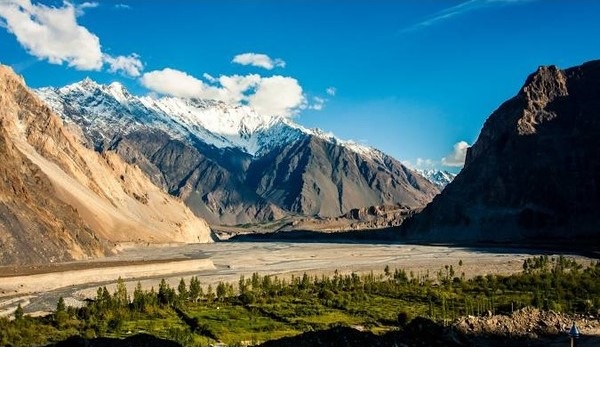
- Hotel in Ulaanbaatar
- City touring
- Local transportation
- Airport transfers
- Accommodation
- Camping and kitchen equipment
- All meals except the first breakfast
- Tour guide
- National Park entrance fees/Museum and Monasteries entrance tickets
- Mountain bike GIANT
- Helmet
- Hotel in Ulaanbaatar
- City touring
- Medical, trip insurance and
- evacuation costs
- Alcoholic and soft drinks
- International airport transfer
- Visa cost
- Items of personal nature
The price is calculated on the base of at least 2 people on the tour.
The tour is calculated with mid-range accommodation options. In Ulaanbaatar good 3 star hotel and in the countryside the best available accommodations.
The tour can be arranged at slightly lower prices when we opt for home stay and tented camping.
All prices are indicative and starting from prices. Final price will be available based on availability and dates of travel.

